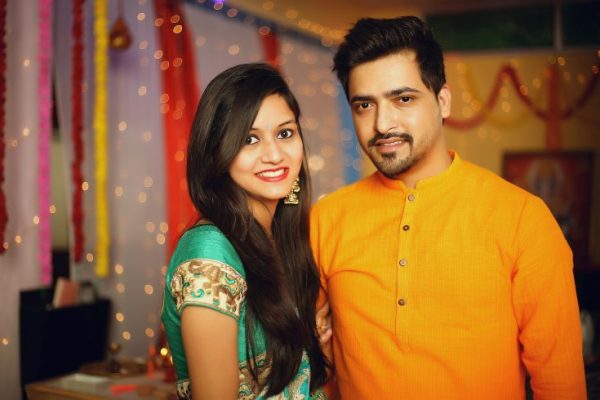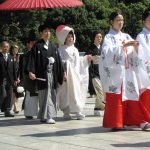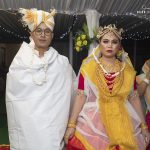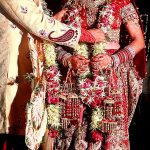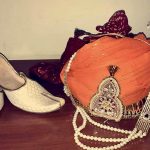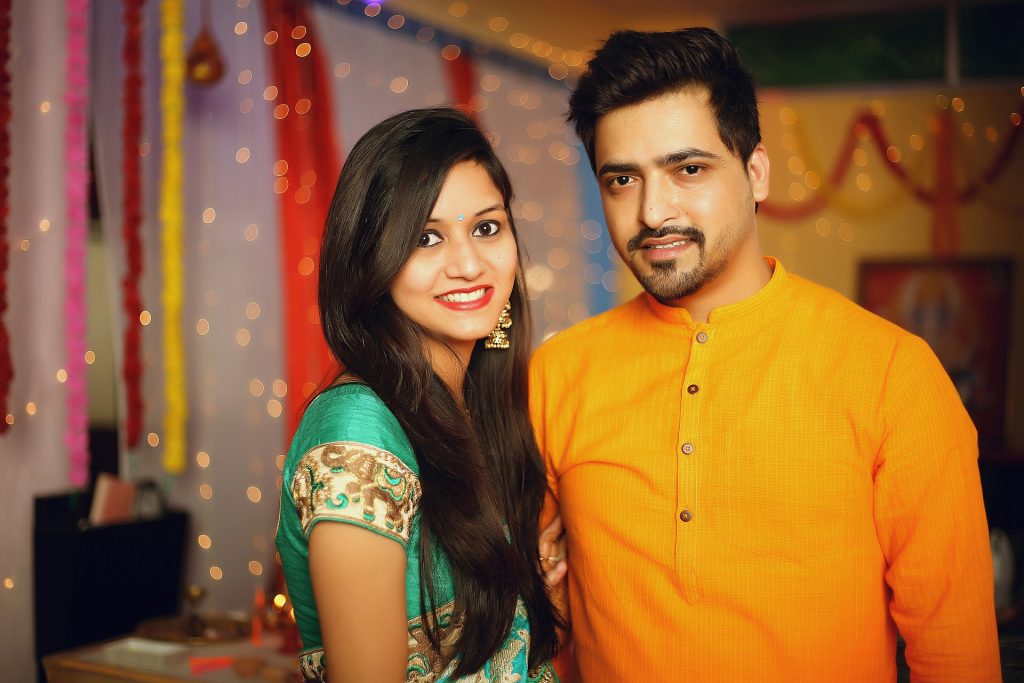
The Parsi community descended from Persians who fled the Arab conquest of Iran and migrated to India. They settled on the western coast of India in places like Gujarat, Goa, and Maharashtra between the 8th century and 10th century. They follow Zoroastrianism; their rituals have been preserved. Let’s find out about the wonderful traditions of the Parsi community wedding.
Parsi Wedding Rituals
Parsi or Zoroastrian weddings are joyous and focused on rituals and traditions. The Parsi celebrate their weddings (lagan) with hues of white and red at the Fire Temple or Parsi Agyari.
Parsi Pre-Wedding Traditions
Rupia Peravanu: This informal engagement ceremony happens after the families accept the marriage alliance. Women from the groom’s side head to the bride’s house where the groom’s side presents silver coins and other gifts to the bride. The bride’s family adds more coins to the collection and heads to the groom’s house. They repeat the ceremony at the groom’s house. The bride’s side decorates their house with toran and chalk designs called chuna or rangoli. They are the bridal Parsi wedding party.
Achoo Michoo: This ritual wards off the evil eye with the bride’s mother placing a coconut, betel leaves and betel nuts, a raw egg, a small bowl of rice, a glass of water and some nuts on a thali. She makes seven rounds with the egg; she breaks the egg on the right side of the groom’s mother. The bride’s mother repeats the seven rounds with the betel leaves, betel nut, nuts, and bowl of rice and throws the mixture behind the house. She repeats the ritual with the coconut. She mixes the rice and water in small quantities and repeats the seven circles. The mother pours the rice water mixture on the entrance’s left and right sides. The guests cross the threshold with their right foot.
Devo: The groom’s mother places a silver coin in an oil lamp and lits it. The bride steps forward with her right foot first and her future mother-in-law does the Achoo Michoo ritual. The groom’s mother gives the bride a red saree and a set of bangles. The bride changes into the red saree with the help of her family. She returns and her future mother-in-law helps her wear the bangles.
Sagan: The groom joins the bride for the mothers and elder female relatives from both sides to perform the ritual. They place coconut in the couple’s hands and tie a garland around their necks. The women dip their thumbs into liquid vermillion or kumkum and touch the couple’s shoes. They create a round marking on the bride’s forehead and a vertical marking on the groom’s forehead with the kumkum. They feed the bride and groom sugar cubes dipped in yoghurt.
Madhosaro: The families perform this ceremony four days ahead of the traditional Parsi wedding ceremony. The families plant a sapling in a pot and place it at their houses’ main entrance. They water the plant every morning and after 7-8 days after the wedding, they plant the sapling in a more permanent spot.
Adarni: The groom’s family visits the bride’s home and gives her gifts like clothes and jewellery.
Everybody eats traditional dishes including sev and dahi, bananas, and boiled eggs.
Supra nu Murat: This ritual happens a day ahead of the Indian Parsi wedding; it is the Parsi Haldi ceremony. Five married women sit in a circle and turn by turn, pound a mixture of betel nut, dates, betel leaf, coconut, and turmeric. This mixture forms the Supra. Family members apply this turmeric paste to the groom and the bride.
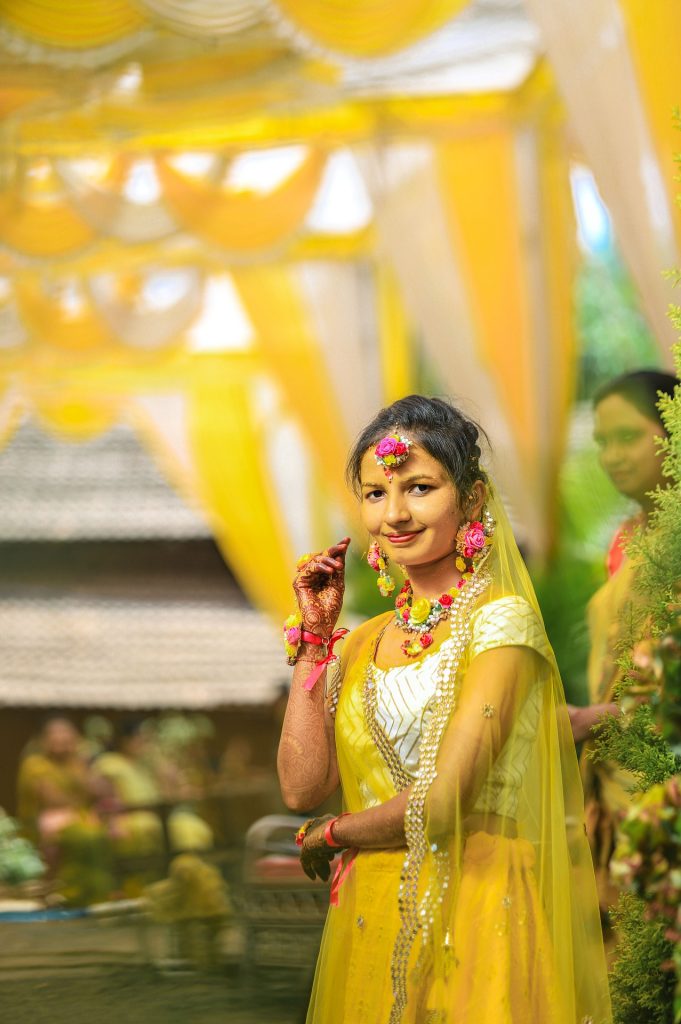
Nahan: The families hold the purification ceremony. The bride and the groom take a holy bath; this ritual cleanses and purifies the couple’s body and soul. The wedding ceremony starts now; get ready for the Parsi wedding pics.
Parsi Wedding Traditions
Parsi weddings or lagan occur at a baug or an agiary – the Fire Temple. The Parsi community considers after sunset or very early in the morning auspicious for marriages. On the wedding day, a chalk or rangoli pattern enhances staircases and doorways. People decorate the gates of the wedding venue with colourful designs. A stage is set up at the wedding venue and the Parsi wedding stage decoration includes lots of flowers.
Achoo Michoo: The bride’s mother takes coconut, raw eggs, dates, and rice and wards off the evil eye of her future son-in-law. She sprinkles water on either side of the groom; the groom’s mother does the same for her future daughter-in-law.
Var Behendoo: The groom heads to the wedding stage and sits down. People present a water pot or chambooru to the groom. The groom puts his hand into the water and drops a silver coin. Female relatives escort the bride wearing her Parsi wedding saree onto the wedding stage. Relatives place rice rays on either side of the couple; they throw the rice as the couple recites the vows.
Ara Antar: The bride and groom sit facing each other; family members hold a sheet between the couple. A priest chants and circles the bride and groom with a thread seven times. The bride and groom throw rice at each other.
Chero Bandhvanu: The couple sits next to each other and lit oil lamps are placed on either side of the couple. The priest chants prayers and officiates the Parsi wedding ceremony. In the end, the couple exchanges wedding rings.
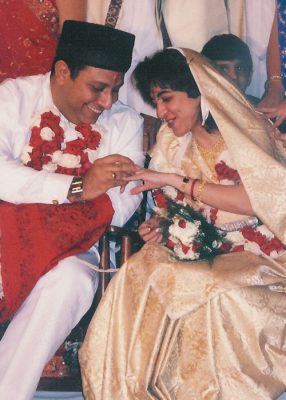
Parsi Post-Wedding Traditions
Hath Borvanu: This bride’s sister performs this cleansing ritual. She asks the groom for money and after payment, she helps the groom clean his hands and unite the knots around the couple’s hands.
Pag Dhovanu: The bride’s sister playfully threatens the groom with spilt milk on his shoes; he gifts her money and saves his shoes.
Fire Temple Visit: After ceremonies, the couple heads to the fire temple and asks for the Almighty’s blessings. The oil lamps from the ceremony are put out with a rose flower over the flame.
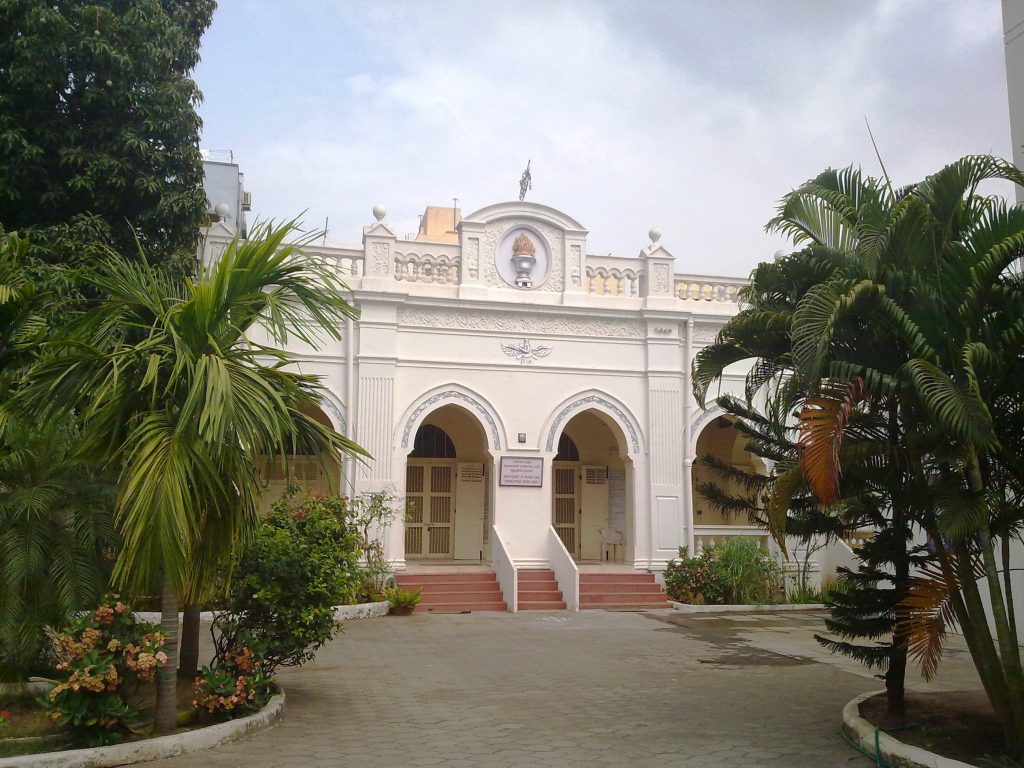
Wedding Reception: The groom’s family hosts a wedding reception with music, dancing and wedding Parsi food. The couple enjoys their first dance on the dance floor. The guests dance on the dance floor with Parsi wedding songs playing in the background.
Traditional Parsi wedding food include sarya (crisps), patra ni macchi (steamed fish), achaar – rotli (pickle and rotis), salli margi (chicken with potato crisps), sali-na-gosht (chicken or mutton and potato straws), or pulao-dal (rice and lentils). The families serve lagan nu custard; no Parsi wedding is complete without this dessert.
The reception ends; the newlywed couple head to the groom’s house. The groom’s mother performs the Achu Michu ritual and welcomes the couple to their home.
What to Wear to a Parsi Wedding
The bride wears a white ornate silk or chiffon saree; these Parsi wedding sarees are called the Parsi Gara. These heirloom sarees are aesthetically gorgeous and comfortable to wear. The bride drapes her saree to cover her head for the wedding ceremony. She chooses family heirloom jewellery pieces. She adorns the auspicious red bangles given by her future mother-in-law to match her white Parsi wedding saree. Sometimes, the bride changes out of her Parsi wedding dress into a new outfit for the wedding reception.
The groom wears a Parsi Dagli or a white overcoat, Fetah or the long black traditional Parsi hat, a white cotton short Kurta, and an off-white shawl on his shoulder. For his feet, he wears formal black shoes. His outfit complements the bride’s wedding Parsi saree.
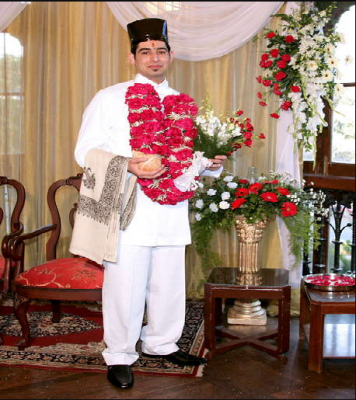
Parsi weddings are formal events; guests are encouraged to wear their best. The Parsi wedding invitation cards will have the dress code along with the time, date, and venue listed on them. Make sure to wear comfortable shoes as dancing is an integral part of Parsi weddings.
The Parsi wedding cards showcase several motifs of flowers, leaves, plants, and fire, the sacred symbol. These cards show the richness and splendour of Parsi culture.
Parsi Wedding Customs
Weddings are the best way to witness the community’s traditions and rituals. Paris weddings are no different as evident from the many Parsi wedding photos. The Parsi traditions are vibrant, rich, and joyful. Parsi weddings are known for their simplicity; they are filled with history, delicious food, dancing, and fun.




